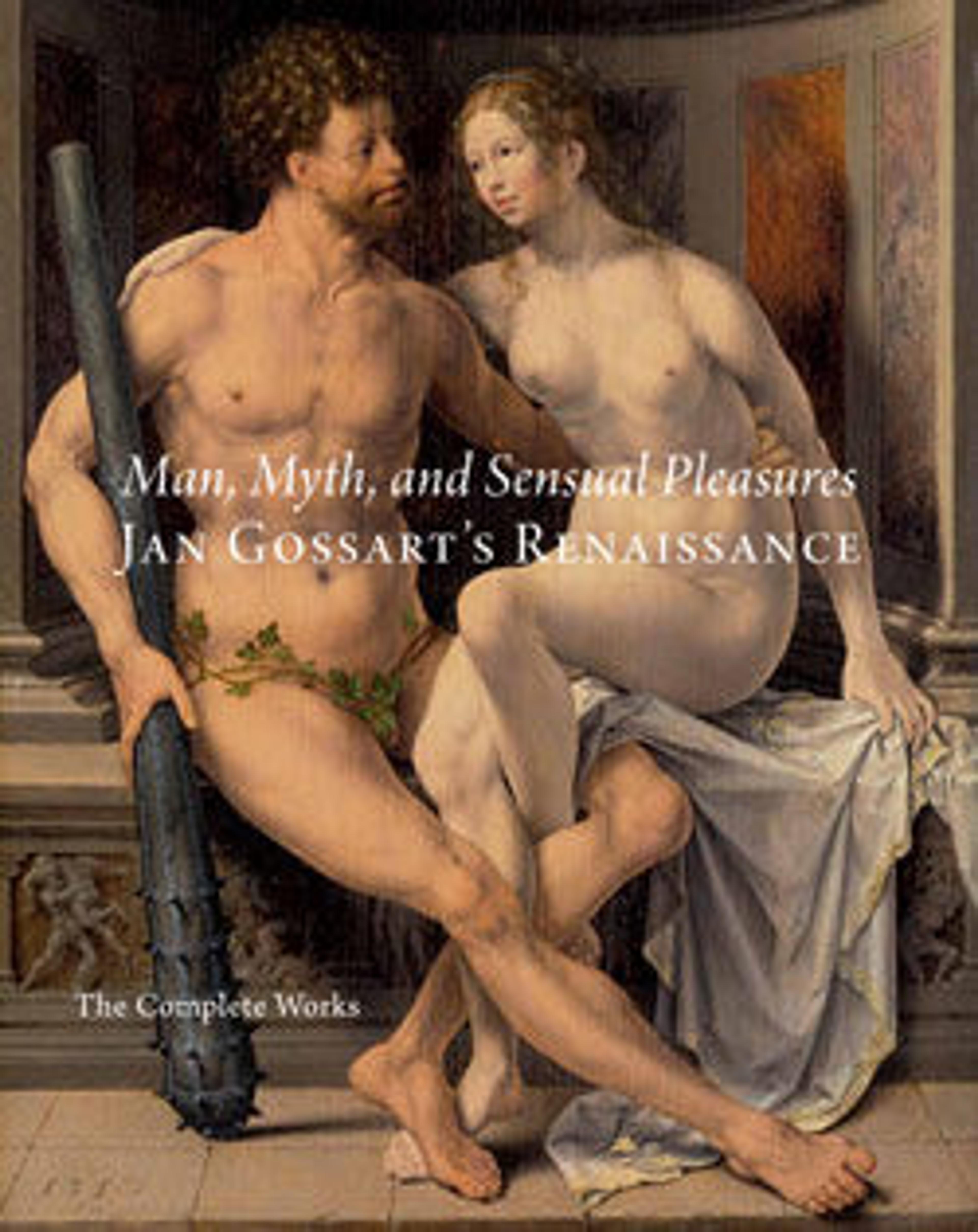Portrait of a Man
This is the only independent portrait by Gossart that is signed; the scroll reads, "Joannes Malbodius pingebat." The sitter is turned to the left in a three-quarter view against a dark background, a format that derives from the earlier portraiture tradition of Jan van Eyck and Hans Memling. Like his predecessors, Gossart paid careful attention to tiny details such as the stubble of the beard and the individually painted hairs of the eyebrows, but he emphasized the sculptural form of the sitter in a new and bold way.
Artwork Details
- Title: Portrait of a Man
- Artist: Jan Gossart (called Mabuse) (Netherlandish, Maubeuge ca. 1478–1532 Antwerp (?))
- Date: ca. 1520–25
- Medium: Oil on wood
- Dimensions: 18 1/2 x 13 3/4 in. (47 x 34.9 cm)
- Classification: Paintings
- Credit Line: The Friedsam Collection, Bequest of Michael Friedsam, 1931
- Object Number: 32.100.62
- Curatorial Department: European Paintings
More Artwork
Research Resources
The Met provides unparalleled resources for research and welcomes an international community of students and scholars. The Met's Open Access API is where creators and researchers can connect to the The Met collection. Open Access data and public domain images are available for unrestricted commercial and noncommercial use without permission or fee.
To request images under copyright and other restrictions, please use this Image Request form.
Feedback
We continue to research and examine historical and cultural context for objects in The Met collection. If you have comments or questions about this object record, please complete and submit this form. The Museum looks forward to receiving your comments.
